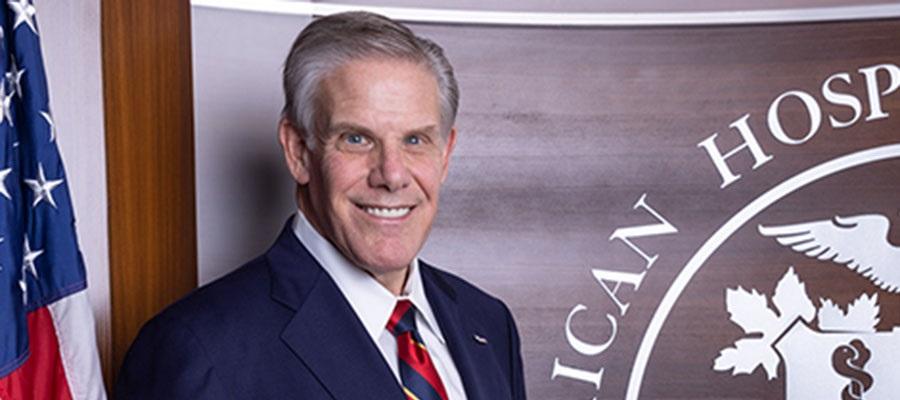Hospitals and Health Systems Advance Health for Patients and Communities in Countless Ways

All hospitals and health systems provide an oasis of care, compassion and healing to the patients and communities they serve.
They offer a range of services from urgent to highly-specialized care delivered in inpatient settings to many programs and services delivered in the community that advance health and wellness. For example, hospitals and health systems provide financial assistance to help those in need, subsidies for services that would otherwise be unavailable, such as burn or neonatal units, transportation, food pantries, training for the next generation of caregivers and vital research to aid in the treatment of longstanding diseases, such as cancer, and new challenges like COVID-19.
Tax-exempt hospitals have special obligations to their communities in exchange for that privilege. They report the amounts they spend on community benefits yearly and conduct a community health needs assessment in conjunction with their community at least every three years.
There is no doubt that these hospitals both meet and exceed any requirements and expectations that attach to the privilege of tax exemption.
This week, the AHA released a new report that showed even as COVID-19 overwhelmed our entire health care system throughout 2020, tax-exempt hospitals increased their level of aid and support to communities.
Hospitals provided more than $129 billion in total benefits to their communities in 2020 alone (the most recent year data is available). This is about $20 billion more than the prior year and 15.5% of their total expenses.
Nearly 7% of hospitals’ total expenses — amounting to $57 billion — was for financial assistance for patients in need, as well as transitioning patients to Medicaid or similar programs that offer regular and preventive care and then absorbing significant underpayments. Other benefits include a range of programs and services designed to meet the health needs of their communities.
More importantly, what this data tells us is that unlike other sectors that had the luxury of choice when it came to how they would support communities during a once in a generation pandemic, hospitals took on more responsibility for our public health and safety, while increasing the amount of community benefit they provided.
These new data build on a report by the international accounting firm EY demonstrating that the return to taxpayers for hospitals’ federal tax exemption is $9-to-$1 (2019). That is, for every one dollar of tax exemption taxpayers receive $9 of community benefits — a remarkable return by any standard.
Still, some policymakers and special interest groups continue to question the benefits that hospitals provide to their communities. We continue to push back on these incorrect assertions and emphasize that hospitals provide more benefit to their communities than any other sector of health care.
We need to keep telling that story to policymakers, the media and most importantly to the patients and communities you serve. Please visit our webpage to access a number of resources, including digital assets, an updated community health assessment toolkit, videos and reports that can help your efforts.
Let the record show that when we truly count all the ways that tax-exempt hospitals and health systems support communities, we find that every time we ask more of them, they step up and deliver. It’s time anyone stopped claiming otherwise.

